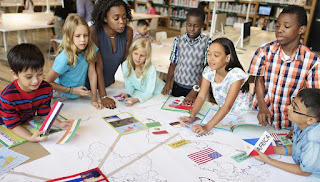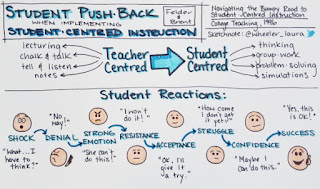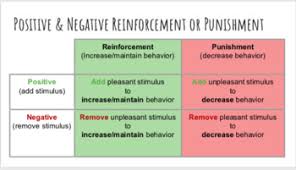This weeks readings were on classroom assessments. Two major types of assessments exist: formative and summative. A formative assessment is ongoing. Formative assessments measure where a student is in relation to the standard during the learning process. Summative assessments measure what a child has learned at the end of the learning process. While formative assessments may not always be graded, summative assessments almost always are.
In creating assessments, the first thing a teacher needs to do is to determine what needs to be learned and under what circumstances (Slavin, 2018). Once the learning objectives are clear, an assessment can be created that measures those objectives. In general formative assessments are more meaningful than summative assessments because they provide valuable information to students and the teacher on what a student still needs to learn or if a student’s learning should be accelerated. However, formative assessments are only valuable if the data gleaned from the assessment is used to help a student through immediate and thorough feedback (Slavin, 2019, p. 350).
Through my teaching career I have found myself either not effectively using the data from assessments or putting so much time and energy into the data that I have little time for anything else. One thing I have started doing recently is using Kahoot or Quizlet to show me the most commonly missed items by students so that I can correct their understanding immediately. I find that knowing why the wrong answer is wrong is sometimes more helpful than knowing why the right answer is right.
I am embarrassed to admit that I have never used a table of specifications before in order to create an assessment. I certainly have based my assessments on the standard but I have never actually laid out the information so specifically. My goal for the next school year is to create new summative assessments that are not all multiple choice. I plant to create a table of specifications based on my standards and to implement fill in the blank and short answer assessment questions based specifically on the verbs used in my standards.
Slavin, R. E. (2018). Educational psychology: Theory and practice (12th ed.). Boston, MA: Pearson Education.













